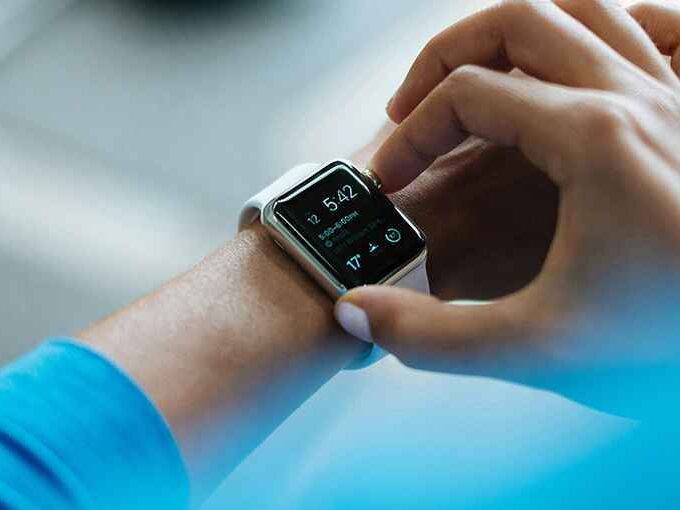AI innovations have dominated news headlines lately, from the rise of wearables like the Humane AI Pin to LLMs like ChatGPT and Gemini. But at the end of the day, these aren’t “must-have” technologies. It’s cool to have a device that can snap photos without using your hands or generate a poem at your command, but we’d survive just fine without them.
But what if AI could help tackle one of humanity’s biggest killers? What if a smart algorithm could detect heart disease early enough to save millions of lives? Enter HeartSciences’ MyoVista Wavelet ECG (wavECG) — a deceptively simple device with the potential to revolutionize cardiac care.
By combining advanced signal processing techniques with machine learning algorithms, HeartSciences is unlocking new insights from ECG data, paving the way for more accurate and efficient cardiac care.
Continuous Wavelet Transform: A New Perspective on ECG
Traditional ECG analysis relies on examining the waveform morphology and timing in the time domain. This approach focuses on the shape and duration of specific waves, such as the P wave, QRS complex, and T wave, as well as the intervals between them. While this method has been the standard for decades and provides valuable insights into cardiac function, it may miss subtle frequency-based features that could indicate underlying cardiac dysfunction. This is where continuous wavelet transform (CWT) comes into play.
CWT is a mathematical tool that provides a time-frequency representation of the ECG signal. Unlike the traditional Fourier transform, which only provides frequency information, CWT allows for the analysis of both time and frequency components simultaneously. By decomposing the signal into multiple frequency components, CWT enables the extraction of valuable information that may not be apparent in the time domain alone.
The wavelet transform uses a wavelet function, which is a small, oscillatory wave-like function that is scaled and shifted along the ECG signal. The scaling allows for the analysis of different frequency components, while the shifting enables the localization of these components in time. The result is a two-dimensional representation of the ECG signal, with time on one axis and frequency on the other.
This enhanced signal representation forms the foundation for advanced AI algorithms to detect patterns and anomalies associated with heart disease. By analyzing the wavelet-transformed ECG data, AI algorithms can identify subtle changes in the frequency content of the signal that may be indicative of specific cardiac conditions, such as left ventricular diastolic dysfunction (LVDD) or myocardial ischemia.
The application of CWT in ECG analysis has been the subject of extensive research in recent years. Studies have shown that wavelet-based features can improve the accuracy of AI models in detecting various cardiac abnormalities compared to traditional time-domain features alone. Furthermore, the time-frequency localization provided by CWT allows for the identification of transient or intermittent events that may be missed by other analysis methods.
Also read: 8 Best Mental Health Apps for Seniors You Should Know
Machine Learning Algorithms: The Heart of AI-ECG Analysis
At the core of AI-based ECG analysis are sophisticated machine learning algorithms. These algorithms, such as convolutional neural networks (CNNs) and gradient boosting machines (GBMs), are trained on vast datasets of ECG recordings to learn the intricate patterns and features associated with various cardiac conditions.
One prominent platform for developing and deploying machine learning models is H2O, an open-source distributed machine learning platform. H2O provides a comprehensive ecosystem for building and optimizing AI models, with support for popular programming languages like Python and R. The recently released Danube 2 model, a tiny LLM leading the small model leaderboard, is one example of these capabilities put into practice.
Its AutoML capabilities streamline the process of model selection, hyperparameter tuning, and feature engineering, enabling researchers to quickly develop high-performance models for clinical decision support, more broadly.
H2O’s distributed computing capabilities allow for efficient processing of large-scale ECG datasets, making it well-suited for healthcare applications. By leveraging distributed algorithms like GBM and deep learning, H2O can train models on massive datasets, ensuring robustness and generalizability across diverse patient populations.
Real-World Application: The MyoVista wavECG
The MyoVista Wavelet ECG device by HeartSciences is a notable example of this kind of AI in practice.
The MyoVista wavECG device applies CWT to the ECG signal, extracting rich frequency information that correlates with specific aspects of cardiac function. The AI algorithms, likely built using techniques like CNNs, analyze this wavelet-transformed data to identify patterns associated with LVDD. The system provides a simple, intuitive output indicating the likelihood of cardiac dysfunction, enabling clinicians to make informed decisions about further testing and treatment.
Looking ahead, the potential applications of AI in ECG analysis are vast. Beyond LVDD detection, AI models could be developed to predict patient-specific risks, guide personalized treatment decisions, and enable early intervention for asymptomatic individuals. The combination of AI with wearable ECG devices could enable continuous, real-time monitoring and early warning systems for cardiac events.
And as the field advances, platforms like H2O will play a crucial role in democratizing AI for healthcare. By providing accessible, scalable, and interpretable machine learning tools, H2O empowers researchers and clinicians to harness the power of AI for improving cardiac care.
The integration of AI and ECG analysis represents a significant step forward in the fight against heart disease. By unlocking hidden patterns and insights from ECG data, AI-powered devices like the MyoVista wavECG are ushering in a new era of data-driven, personalized cardiac care. As research progresses and collaborations deepen, the potential impact on patient outcomes and healthcare efficiency is truly exciting.










Leave a comment